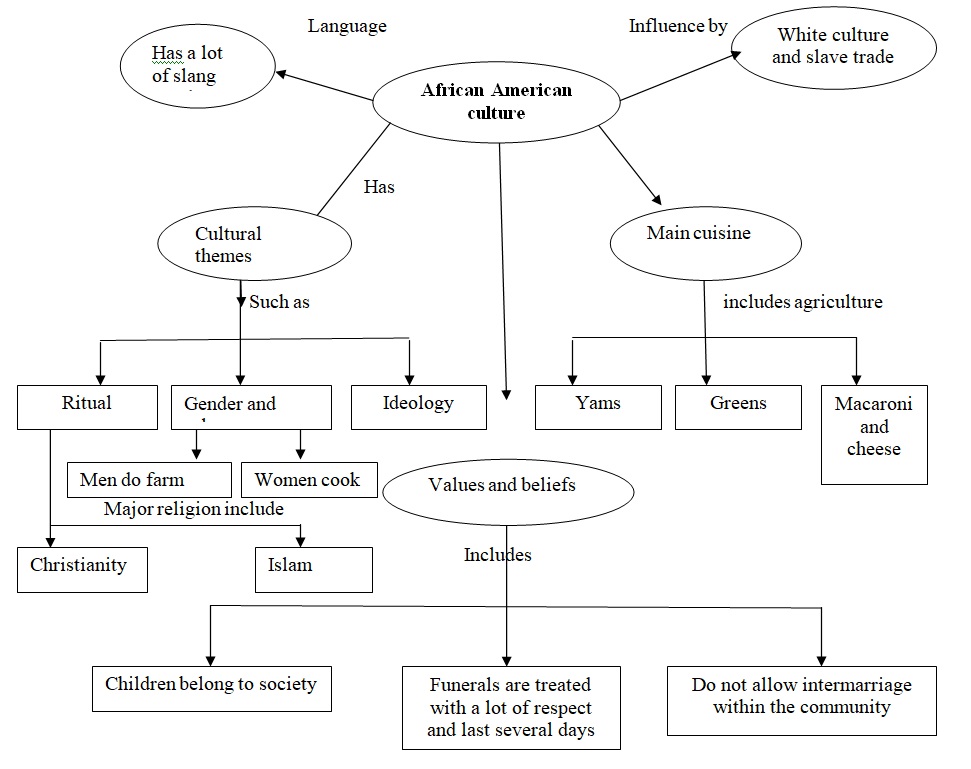Introduction
Statement of purpose
In this paper I intend to study about cultural diversity and competence. My research is based on Cambodian and African-American cultures which I intend to explore on their cultural setting to compare and contrast their themes, concepts and ideas.
The term culture has attracted a lot of attention from various scholars who have come up with different definitions. For instance, Ross (1987) describes culture as, “An integrated pattern of human knowledge, belief, and behavior that depends upon the capacity for symbolic thought and social learning” (p. 13). The differences in thoughts have been due to varying perceptions that every scholar holds. Nevertheless, one factor that appears to be persistent in all perspectives is that culture explains the set of shared values and virtues that a given group of people associates with. These values and virtues can also be shared among institutions such as schools, companies and corporate organizations.
With the world’s population increasing every other day, new cultures have continued to emerge from all corners. This has brought about the need of understanding and accepting cultural diversity for the sake of coexistence (Fleming, 1994). This research is based on two cultures; the Cambodian and African-American cultures. It seeks to elaborate on three common themes as indentified in the literature review. The themes include; ritual, ideology and the role that genders gives individuals in the society. The research also seeks to address ideas and concepts such as family set up, way of life, mode of dressing and cuisine among others.
Results
Cambodian culture
The culture of Cambodia is among cultures that enjoy rich histories. It is a culture that has greatly been influenced by India and has had a lot of influence and inspiration from religion. It is because of this religious influence that the culture came up with the unique Khmer belief. It also developed religions such as Buddhism and Hinduism (Velkley, 2002). This is evident with Fig 2 in the primary sources that shows Buddhist nun at Angkor Wat, Siem Reap, Cambodia (Ebihara, Mortland & Ledgerwood, 1994, p. 45). With growth in business and agricultural revolution, the culture rapidly spread to areas in South-east Asia courtesy of seafaring merchants. As they went about doing their trading, the merchants intermarried with native people in South-east Asia thus helping the culture to grow and spread.
The effects of religion also influenced their architecture and housing. Most of their buildings were designed and decorated with mythical creatures from the two religions. This is evident especially with the wall carvings on their temples as seen in Fig 1 (Sun-Him, 1987, p. 23). Nevertheless, this architecture has greatly changed with time. For instance, most nuclear families in modern rural Cambodia put up thatched rectangular houses made from wooden frames and bamboo. Most of the houses are divided into three rooms; one serves as the bedroom, another as the sitting room and the third one is used as girls’ bedroom. A number of homesteads have extra structures outside that serve (Forsberg, 2006). House building in this culture is treated as a social responsibility and neighbors and friends come together to help with labor.
The theme of the role gender gives to individuals in the society is clearly depicted in the culture. For instance, men and teenage boys are given the role of providing for the family. Fathers go out hunting or working in the fields as young boys look after cattle and may also work in the temple. On the other hand, young girls are tasked with helping their mother with household chores. In most cases mothers remain at home to take care of children, prepare meals and clean the homesteads (Pavie, 1903).
The theme of upholding of ritual beliefs is depicted in the way members of the society have great respect for all religious matters. Mothers and grandmothers are tasked with molding the children in a religious way by closely monitoring them to ensure they adhere to what their religion requires of them. Young boys are always encouraged to help with work in the temple (Forsberg, 2006). It is believed to be a great honor for the parents when their sons are considered to work in the temple at this tender age.
The ideology theme is depicted in the numerous beliefs the society has. For instance, their rights of passage include childhood, adulthood and marriage. Their children live with their parents until they get spouses. To some extend, it is the responsibility of parents to find spouses for their children. Parents also have great influence in marriages of their children especially in instances when there is a conflict.
Fish sauce, rice noodles and curry dishes form most part of the culture’s cuisine. Most of their dishes are similar to those of other South-east Asian countries. However, cuisine greatly differs from place to place. Fig 3 shows amok, a popular Cambodian dish (Backpacking Tips Asia, n.d., p. 1).
African-American cultures
The African American culture is widely called the black culture. The culture refers to that of people of African descent living in the United States (Gioia, 2009). Even though its ancestry is perceived to be in Africa, the culture has had a great impact on the mainstream culture of the United States. The influence has continued to grow due to the ever increasing number of black Americans in the nation (James, 2008).
With its roots in Africa, the culture is perceived to be a blend of major cultures on the continent such as the Sahelean and the sub-Saharan African cultures. These cultures were passed on during slave trade. However, the slaves who survived to reach the United States were under strict rules and thus could not practice their cultures to the fullest. They were subjected to the white culture and this greatly influenced their cultures as they were forced to drop them. However, Ramsey (1960) states, “The result of is a unique and dynamic culture that has had and continues to have a profound impact on mainstream American culture, as well as the culture of the broader world” (p. 34).
Persistent racial discrimination and slavery that have existed in the United States until recently are the main reasons the black culture appeared to be oppressed. The oppression resulted into a totally divided nation with the blacks living their own lives. It was because of the influence of activists such as Martin Luther King Jr. that the black culture was noticed and appreciated and as we speak today, the culture has its own distinctive entity into the mainstream culture of the United States (Ramsey, 1960).
Black culture is mainly characterized by an oral tradition. It is perceived that this is due to the oppression the blacks received during the slave trade. For instance, they were denied the right to education. Another cultural value that suffered under the slave oppression was their language. The culture has a less formal language with too many slang words. Gioia (2009) explains that most slave owners mixed slaves from different places with the intentions of minimizing communication among them. The slaves were thus forced to come up with their own language, a factor that led to the birth of too many slang words in their cultural language. On the contrary, the culture has managed to hang onto agricultural products for their cuisine. Fig 5 shows the main components that make up a traditional dinner in the black culture (Mintz, 1992, p. 56).
Ritual theme is clearly represented in the culture through the way it is divided among various religions with Christianity being the dominant religion (Fleming, 1994). There are other religions such as Islam and Judaism. Fig 4 shows Malcolm X, a renowned Muslim in the history of the culture (Howard, Amiri, Gail, Louis & Gordon, 2003, p. 35). However, the original native religions of the slaves were scraped off as they were denied the rights to practice them. In some instances they were forced into Christianity or Islam. Fig 6 shows a river baptism in New Bern, North Carolina near the turn of the 20th century as evidence of this initiation (Library of Congress, 2010, p. 1). Both in Christianity and Islam, women are given few leadership positions according to cultural norms and beliefs. For example, women are not allowed to be imams or church priests as the job is perceived to belong to men. In fact, in some Christian denominations, women are not allowed to even preach or talk openly in church synagogues unless they are asked to do so (Ramsey, 1960).
Distribution of roles as stipulated by gender clearly brings out the theme of the influence of gender in assigning duties. Several duties in the African American culture are believed to belong to men. Most hard jobs such as house building and working out in the farm were mainly done by men and teenage boys. Women’s main responsibility was taking care of the children whom they remained with as the men went out to work on the farms. However, the white culture has had a great influence on this aspect and today gender does not seem to have such a big influence on the kind of work people do.
Just like the Cambodian culture, the black culture upholds a number of values and beliefs that clearly bring out the theme of ideology. For instance, they have held on to the rites of passage as depicted in African context. Children in the society are taken through a series of classes in preparation for adulthood. In the classes they are taught about responsible living, leadership and spirituality before being initiated into adulthood (The U.S. National Archives, n.d.). Another ideology is that deaths and funerals are treated with a lot of respect. The culture emphasizes on emotional and spiritual support whenever somebody passes on. Families of the deceased usually notify as many friends and relatives as possible who respond by coming to stand with them through out the funeral ceremony.
Discussion and conclusion
Even though there is too much cultural diversity, we cannot rule out the fact that a number of these cultures share the same values, attitudes, notions and beliefs. Having studied the Cambodian and the black cultures, I noticed a number of similarities. For instance, in both cultures, hard and tedious jobs are assigned to men in the society (Ramsey, 1960). Women remain home and take care of children, prepare meals as well as clean up the homesteads. Teenage boys help their fathers with farm work and looking after livestock as young girls help their mothers with household chores (Queensland Government, 2010).
Another significant similarity is that in both cultures, elderly people are tasked with teaching the young ones and passing on the culture. They usually seat around fire places in the evening and tell stories of the history of their culture as they advise them on good and responsible living. Children in the two cultures are perceived to belong to the society thus they can be sent by anyone or punished by any elderly member of the society who may not be a relative.
On the other hand, the two cultures differ in a number of ways. For example, the Cambodian culture does not put more emphasis on respect for the dead and funerals as the black culture does. In Cambodia, a small ceremony is held as a sent off for the deceased and is usually attended by only close relatives and family members. The situation is different with the black culture as funerals are always treated as big ceremonies. The deceased can be kept for days as the family waits on arrival of key relatives and family members (Fleming, 1994).
Another difference is in their religion. The Cambodian culture largely embraces Buddhism and Hinduism as their main religions while the African American culture sticks to Christianity and Islam as its most dominant religions. In addition, the Cambodian culture has held onto the religions ever since and their history binds them to the same religions over several centuries. However, for the black culture, they are reported to have been forced to drop their native religions that their ancestors came with during slavery. Christianity, Islam and a bit of Judaism was then forced on them as the only other alternatives (Fleming, 1994).
A third notable difference is with the language of the two cultures. The African American culture has a language that is so diverse even within the society itself. The language spoken by members of the society who live in one particular region greatly differs from the same people residing in a different place. Fleming (1994) explains the negative influence of slave owners as the major reason for this diversity in language. The Cambodian culture on the other hand enjoys a relatively consistent language that has been greatly influenced by India (Fleming, 1994).
Application to the Classroom
The information filed in this research report can be used in various contexts. For instance, the teacher can implement lessons on rites of passage with reference to the two cultures (African American and the Cambodian culture). Both cultures value birth, childhood, adulthood, marriage and death as the rightful rites of passage. In addition, in Cambodian culture, parents seem to play key roles in some of these rites of passage such as in marriage. As reported above, some parents go to the extend of choosing spouses for their children.
The teacher may also use the information to implement lessons on cuisine of the two cultures. With the black culture, their cuisine is mainly made up of agricultural products while in the Cambodian culture, fish sauce, rice noodles and curry dishes form most part of the culture’s cuisine (Library of Congress, 2010).
A third application of this information to the class is that the teacher may implement lessons to address division of labor of as depicted in the two cultures. Most of the hard jobs in both cultures are done by men as the women remain at home to take care of children, prepare meals and clean up the homesteads.
References
Secondary sources
Pavie, A. (1903). Contes populaires du Cambodge, du Laos et du Siam. Paris: Leroux.
Ramsey, F. (1960). Been here and gone. London: Rutgers University Press.
Fleming, E.J. (1994). African–American museums, history, and the American ideal. The Journal of American History, 81(3), 1020-1026.
Ross, R. (1987). Household and family structure. Journal of the Cambodia Count Study, 25(2), 44-72.
Gioia, T. (2009). Delta Blues: The life and times of the Mississippi masters who revolutionized American music. Washington D.C.: Norton & Company.
Velkley, R. (2002). The tension in the beautiful: On culture and civilization in Cambodian philosophy. Chicago: The University of Chicago Press.
Internet sources
Forsberg, A. (2006). Definitions of culture; Cultural geography course notes. Web.
James, J.S. (2008). What neighborhood poverty studies can learn from African American studies. Web.
Government or Public Policy Sources
The U.S. National Archives. (n.d.). African American heritage. Journal of Ethnic Heritage. Web.
Queensland Government. (2010). Cultural profiles. Journal of Multicultural Health. Web.
Primary sources
Backpacking Tips Asia. (n.d.). Cambodia culture. Web.
Ebihara, M., Mortland, C & Ledgerwood, J. (1994). Cambodian culture since 1975: Homeland and exile (Asia east by south series). Ithaca, New York: Cornell University Press.
Howard, D., Amiri, B., Gail, B., Louis, G & Gordon, R. (2003). Jubilee: The Emergence of African-American Culture. New York: National Geographic.
Library of Congress. (2010). African-American History and Culture. Web.
Mintz, S.W. (1992). The Birth of African-American Culture: An Anthropological Perspective. Kansas City: Beacon Press.
Sun-Him, C. (1987). Introduction to Cambodian culture. Laos culturally speaking. Introduction to Vietnamese Culture. New England: Multifunctional Resource Center.
Culture of Cambodia
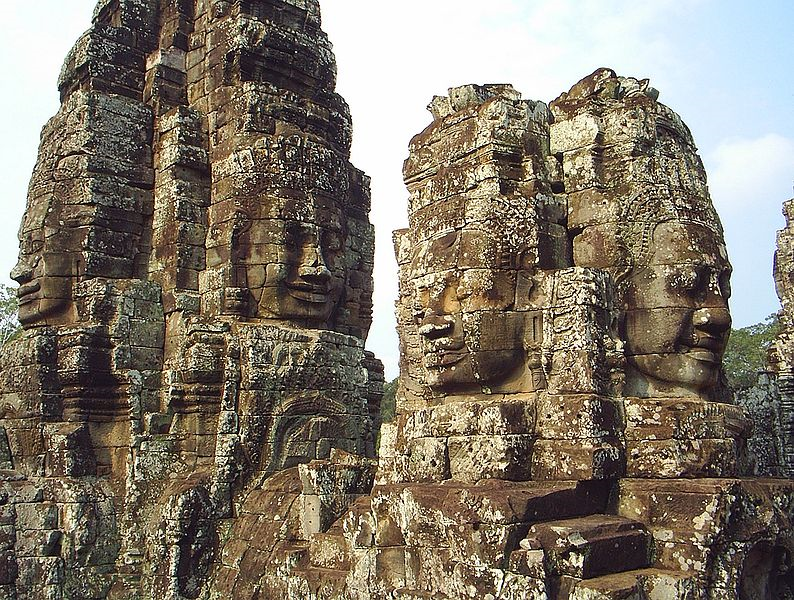

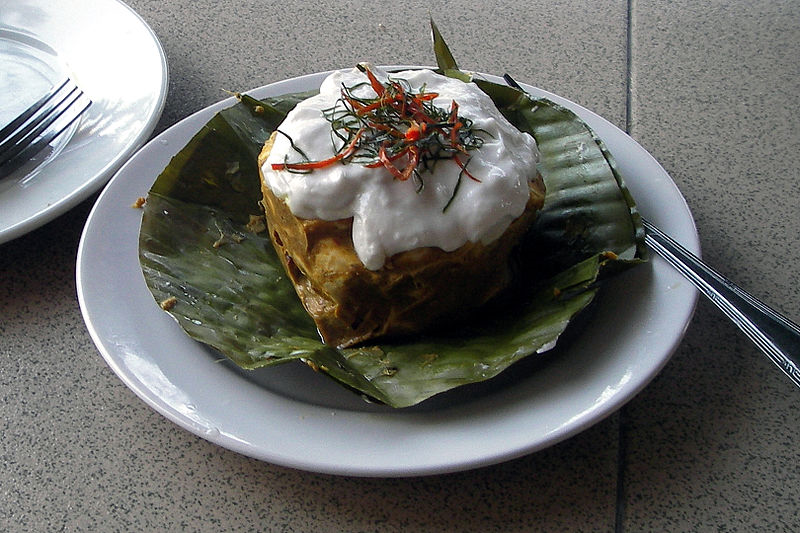
African American culture
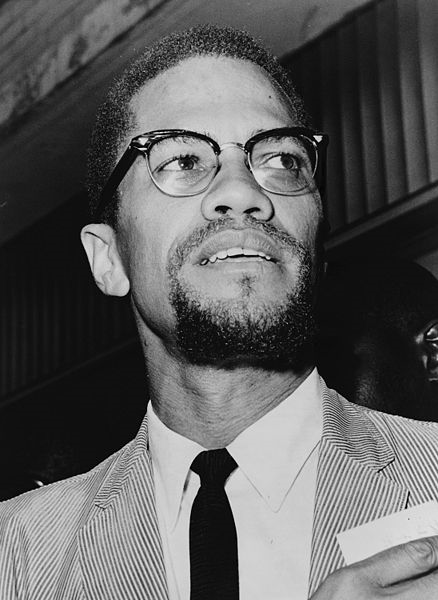
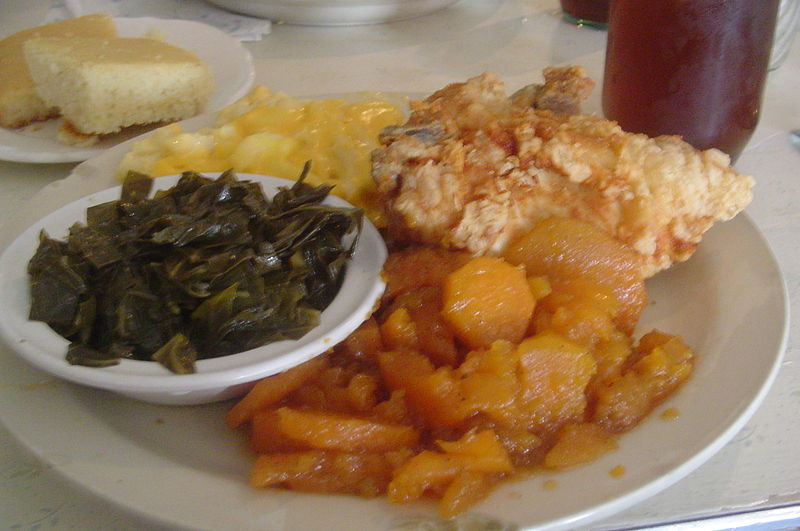
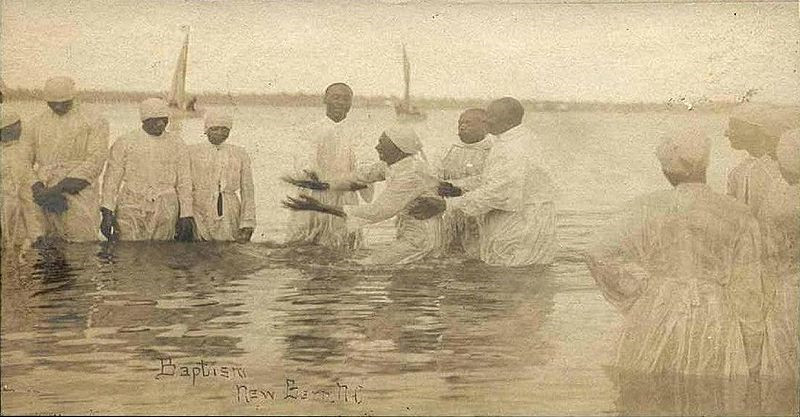
Research Methods
For data collection I used two common approaches; qualitative and the quantitative approach. With quantitative research I aimed at gathering, analyzing and measuring data from a large sample to see if there is any relation between different variables. The approach is more concerned with quantifying data collected through research methodology. It examines and interprets data that is quantifiable, measurable and finite. Acquisition of quantitative data can be obtained in different ways which include calculations. The results are usually displayed statistically. On the other hand qualitative research methods are mainly phenomenological, and thus the main purpose was to understand the two cultures from the participants’ perspective. I reviewed various literature sources, administered questionnaires and interviews to get qualitative data.
Location of sources was done with great keenness. Most of the secondary sources used were located in the national library. The library offered a variety of options as it was a cultural library. For the internet sources, I used the Google search engine to locate the relative articles and journals. It provided a number of results from which I picked the sources through elimination. Some of the factors considered during this elimination included articles authenticity and credibility of the authors.
My data analysis techniques included using Survey Monkey program as they offered chance to the respondents to enter their own insights and input into the process of testing. Data analysis was performed by running statistical tests (such as correlation analysis and linear regression analysis) on the data to test the hypotheses. Tools used to synthesize information included notes high lighters and outlines.
Explanation of Importance
From the analysis, I found the above cited references best suit for my research. In the literature review I found the two articles; Fleming, E. J. (1994). African–American Museums, History, and the American Ideal. The Journal of American History, 81(3), 1020-1026 and Ross, R. (1987). Household and Family Structure. Journal of the Cambodia A Country Stud, 25(2), 44-72 to be more important. For instance Fleming gave factual reasoning with pictures and illustrations to back his ideas. On the other hand Ross presented a well detailed concept map that was easy to follow and understand. It also touched almost on all aspects of the Cambodian culture.
Personal and Professional Importance
The information gathered has greatly helped me understand cultural diversity. I got to learn how cultures can compare and contrast in contexts such as religious beliefs, family structures and cuisines among others. I also got an in-depth understanding of Cambodian and African American cultures. This was vital in testing my hypotheses. With the information I intend teach about cultural diversity and competence. I may also use the approach I used in guiding students who intend to carry out farther researches on these or other cultures.
Concept map: Cambodian culture
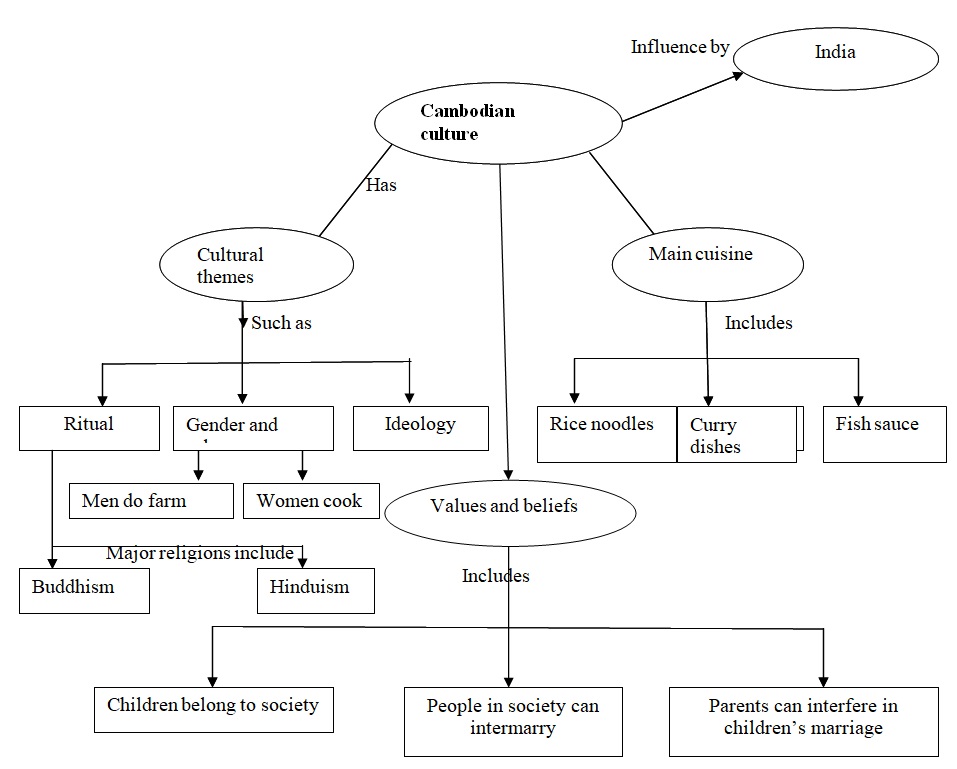
Concept map: African American culture
